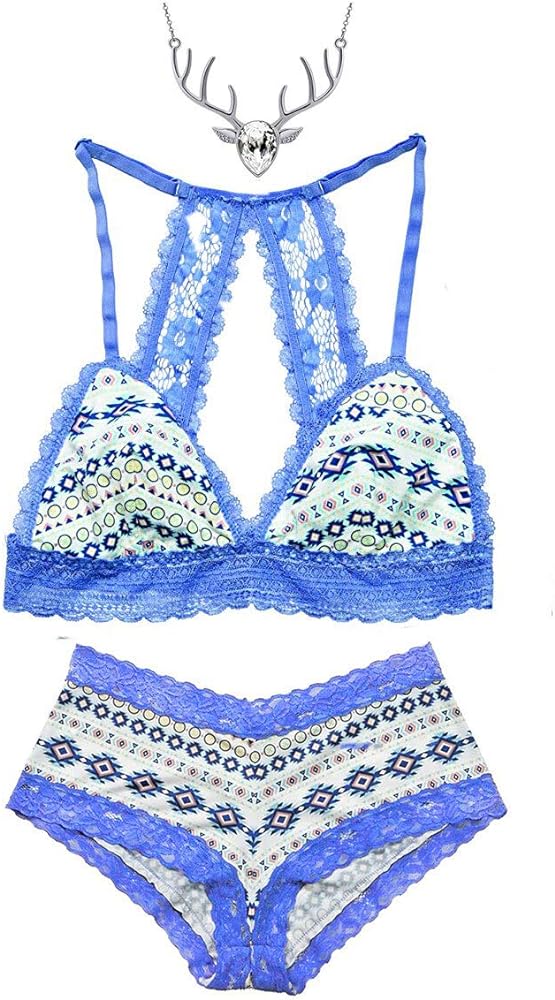The Asian Sheepshead Wrasse, also known as the Semicossyphus reticulatus, is a remarkable fish that inhabits the coastal waters of the northwest Pacific Ocean. With its distinctive appearance and intriguing behaviors, this species has captured the attention of marine enthusiasts and researchers alike. In this article, we will explore some fascinating facts about the Asian Sheepshead Wrasse, shedding light on its physical attributes, unique characteristics, and ecological significance. From its intriguing head shape to its incredible lifespan, let’s dive into the world of this extraordinary marine warrior.
Magnificent Appearance and Size
The Asian Sheepshead Wrasse showcases a striking appearance that sets it apart from other fish species. Its most notable feature is its elongated snout and prominent forehead, resembling that of a goat, which gives it a distinctive and recognizable profile. Adult males, in particular, exhibit a remarkable transformation, developing a large hump on their forehead and a deep blue or black coloration, creating a regal and intimidating presence.
In terms of size, the Asian Sheepshead Wrasse is known for its impressive dimensions. Mature males can reach lengths of over 3 feet (1 meter) and weigh more than 20 pounds (9 kilograms), making them one of the largest wrasse species in the world. Their robust build and substantial weight contribute to their dominant status within their territories.
Sequential Hermaphroditism
One of the most intriguing aspects of the Asian Sheepshead Wrasse’s biology is its ability to undergo sequential hermaphroditism. All individuals are born as females and remain so until they reach a certain size and age. At that point, some individuals undergo a sex change, transitioning from female to male.
This unique reproductive strategy ensures the continuation of the species. When a dominant male in a territory dies, the largest female will undergo a transformation, developing male reproductive organs and taking on the responsibilities of a breeding male. The change in sex is accompanied by a shift in physical appearance, with the male acquiring the characteristic hump on the forehead and the dark coloration.
Long Lifespan
The Asian Sheepshead Wrasse boasts an impressive lifespan compared to many other fish species. In the wild, these fish can live up to 50 years or more, demonstrating remarkable longevity. Their extended lifespan is believed to contribute to the stability and persistence of their populations.
Ecological Role and Predatory Behavior
As predators, Asian Sheepshead Wrasse play a vital role in maintaining the balance of marine ecosystems. Their diet consists of a variety of invertebrates, including crabs, sea urchins, mollusks, and small fish. They are particularly known for their ability to control the populations of sea urchins, which can cause damage to kelp forests if left unchecked.
By preying on sea urchins and other invertebrates, the Asian Sheepshead Wrasse helps prevent overgrazing and maintains the health and biodiversity of their habitats. Their foraging activities contribute to the overall ecological balance and promote the resilience of the marine ecosystem.
Distribution and Habitat
The Asian Sheepshead Wrasse is predominantly found in the northwest Pacific Ocean, specifically along the coasts of Japan, Korea, China, and Russia. They inhabit rocky reefs, kelp forests, and areas with complex underwater structures that offer both shelter and hunting grounds. These fish are known to dwell at depths ranging from 15 to 165 feet (5 to 50 meters), although they can occasionally be found in shall ower waters as well.
Threats and Conservation Efforts
Despite their resilience and adaptability, the Asian Sheepshead Wrasse faces several threats to its survival. Overfishing, particularly in South Korea and Japan, poses a significant risk to their populations. The high demand for this species, both for consumption and in the aquarium trade, has resulted in unsustainable fishing practices and population declines.
Habitat destruction and degradation are additional challenges that impact the Asian Sheepshead Wrasse. Coastal development, pollution, and destructive fishing practices such as bottom trawling can cause significant damage to their habitats, affecting their ability to find suitable shelter and food.
To mitigate these threats and protect the Asian Sheepshead Wrasse, conservation efforts are crucial. Many countries have implemented fishing regulations and restrictions to manage the harvest of this species, including size limits, seasonal closures, and protected areas. These measures aim to promote sustainable fishing practices, allow populations to recover, and ensure the long-term viability of the species.
Furthermore, raising awareness about the importance of marine conservation and the unique characteristics of the Asian Sheepshead Wrasse is vital. Education programs, community engagement, and public campaigns can help foster a sense of responsibility and encourage individuals to make informed choices to protect the species and their habitats.
Cultural Significance
The Asian Sheepshead Wrasse holds cultural significance in some regions where it is found. In Korea, the fish is called “Galchi” and is considered a symbol of good fortune and longevity. It is often associated with celebrations, festivals, and traditional ceremonies.
In addition, the Asian Sheepshead Wrasse has become popular among divers and underwater photographers due to its unique appearance and behavior. Diving enthusiasts seek encounters with this magnificent fish, captivated by its regal presence and captivating colors.
Conclusion
The Asian Sheepshead Wrasse is a remarkable fish that fascinates with its distinct appearance, unique characteristics, and ecological importance. From its elongated snout to its ability to undergo sequential hermaphroditism, this species continues to intrigue scientists and nature enthusiasts. However, overfishing, habitat degradation, and other threats pose challenges to its survival. Through sustainable fishing practices, habitat conservation, and public awareness, we can contribute to the preservation of this magnificent marine warrior. Protecting the Asian Sheepshead Wrasse ensures the health of marine ecosystems and allows future generations to appreciate the beauty and significance of this extraordinary species.
















Leave a Reply